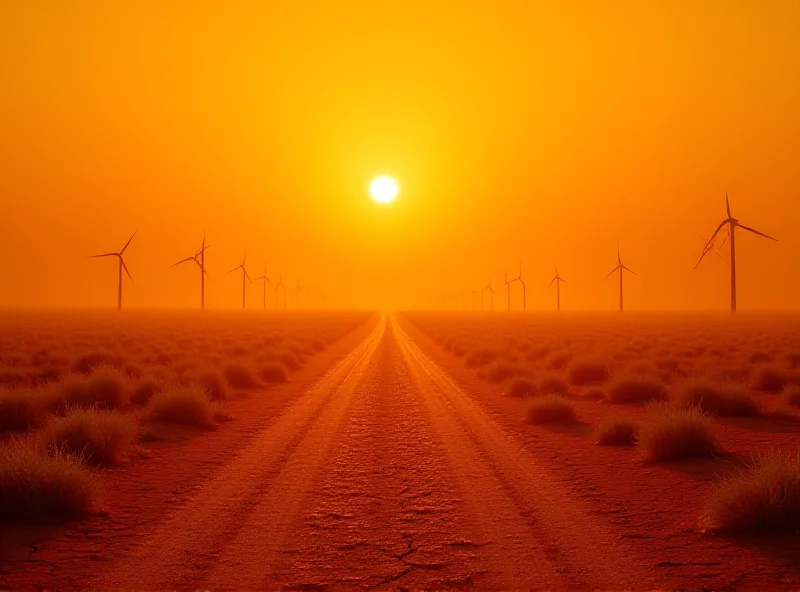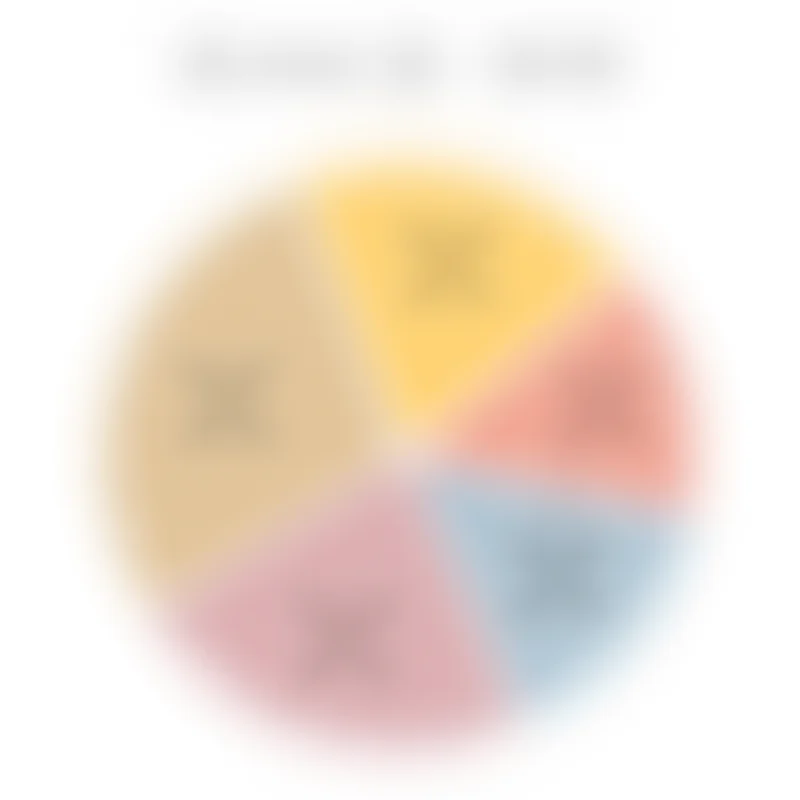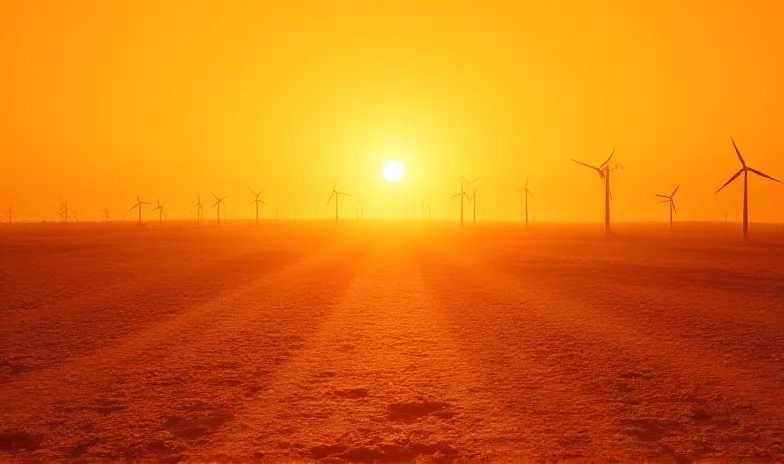Australia has been the focus of some fascinating research lately, spanning from climate change impacts to the intricacies of human relationships. Two recent studies have captured attention: one examining the country's record-breaking summer temperatures and the other delving into the diverse world of romantic love.
Australia's Scorching Summer
The summer of 2024-25 in Australia was the second-hottest on record, with temperatures soaring 1.89°C above the long-term average, according to data from the Bureau of Meteorology. This extreme heat followed the second-hottest winter and the hottest spring on record, painting a clear picture of a warming trend. Such unprecedented temperatures have prompted experts to emphasize the undeniable link between climate change and these events.

“It's becoming increasingly clear that these kinds of extreme weather events are not possible without the influence of climate change,” says Dr. Anya Sharma, a leading climate scientist. The data underscores the urgency of addressing global warming and implementing sustainable practices to mitigate future temperature spikes.
The Science of Love: Four Lover Types
Shifting gears from climate to connection, Australian research published in the journal Personality and Individual Differences has identified four distinct types of romantic lovers. The study categorizes individuals as mild, moderate, intense, and libidinous, based on their levels of emotional intensity, commitment, and sexual frequency. Prepare to see where you fit!
About one in five (20.02%) falls into the "mild" category, characterized by low intensity, commitment, and sexual activity. In stark contrast, the "libidinous" group, representing about one in ten (9.64%), experiences sex up to 20 times a week. These lovers also exhibit high levels of intensity, commitment, and obsessive thinking, leading to their active sex lives.

What Does It All Mean?
The remaining categories, "moderate" and "intense," offer further nuance. The "moderate" lovers (40.91%) are described as "fairly stock-standard" and "entirely unremarkable," while the "intense" group (29.42%) are the "crazy in-love" types, characterized by high intensity, obsessive thinking, and commitment. The study highlights that not all love experiences are created equal, and this research provides a fascinating glimpse into the diverse ways humans form romantic connections.
“This is the first study to empirically show that we don’t all love the same,” said lead author Dr. Bode. “Understanding these different types can help us better navigate our own relationships and appreciate the diversity of human connection.”

From scorching summers to sizzling romances, Australia continues to provide valuable insights into both the natural world and the complexities of human behavior. These studies serve as a reminder of the importance of addressing climate change and embracing the diverse spectrum of human relationships.
